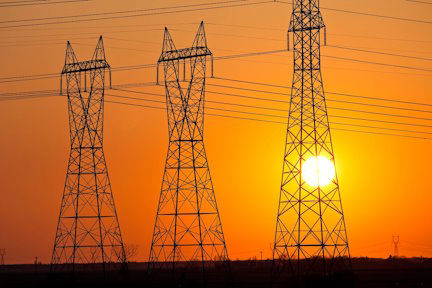When it comes to choosing a data center, one of the most effective steps businesses can take to meet ESG goals is also one of the simplest: Identifying a data center location that advances sustainability and social responsibility goals.
That's because, in multiple ways, the physical location of a data center has a major impact on how environmentally friendly it is, as well as how it impacts employees, communities and other stakeholders. In some cases, choosing the right data center site will have a more significant impact on ESG outcomes than other, more technically complex factors, like how infrastructure is configured.
Keep reading for a look at how data center location impacts ESG initiatives, and what to consider from an ESG perspective when evaluating data center site options. We'll break the discussion down by focusing on how data center location affects two of the main pillars of ESG – sustainability on the one hand and social responsibility on the other.
Data center location and sustainability
A data center's physical location can have a tremendous impact on how energy-efficient workloads deployed in the data center are. To maximize energy efficiency, choose a data center located in an area with the following attributes:
-
Access to renewable energy sources, like wind and solar. You simply can't power your workloads with clean energy if your data center is located in a place without clean energy sourcing.
-
Reliable power supplies, which reduces the amount of energy wasted by backup systems (which tend to be less efficient than primary energy supplies). Data centers in areas with fewer extreme weather events or other disruptions are advantageous from this perspective.
-
A moderate climate, which decreases the energy (and water) consumed for cooling purposes. Admittedly, even in moderate climates, extreme heat spells may result in emergency, inefficient cooling measures, as they did last summer in Britain. But overall, a data center in a climate without routine heat extremes is likely to require less energy than one in a desert near the Equator, for instance.
- Access to efficient transportation, especially if staff need to go on-site on a frequent basis. If servicing equipment in your data center requires workers to drive for hours or get on planes, you're wasting energy (and emitting carbon) that could be saved if the data center were physically closer to your base of operations.
In all of these ways, being strategic about data center location can dramatically reduce (or increase) energy consumption.
How sustainable is your data center building?
On top of these factors, it's worth thinking as well about the history of the physical facility that houses your data center. Many data centers are of recent construction, and the energy consumed (and the carbon released) by data center construction activities translates to indirect waste on the part of businesses that use new-construction data centers.
By the same token, companies that choose data center facilities created inside long-existing buildings – like former power plants, for example – have a smaller total carbon footprint.
The social impact of data center location
From a social responsibility perspective, too, data center location is central to ESG outcomes.
A socially responsible data center is one that:
-
Did not require the displacement of people or demolition of homes for its construction.
-
Engages with local communities, rather than operating as a black-box building that local people don't understand or view with antagonism.
-
Employs local people to the extent possible, as opposed to bringing in high-paid technicians from elsewhere who might contribute to gentrification or displacement of populations.
- Provides safe and equitable working conditions for people employed in it.
On the whole, data center location is likely to have a smaller overall impact on social responsibility goals than on sustainability initiatives. After all, data center energy consumption in many cases constitutes a relatively high portion of a business's total energy consumption, whereas data centers tend to play a smaller role in the way businesses engage with employees and communities. But they still play some role in that engagement, which is why it's important to think about the social effects of your data center's location.
Data center strategy and ESG goals
It would be a stretch to say that the location of your data center is the single most important factor in your ability to achieve ESG goals. But it's one factor – and it's especially significant with regard to sustainability objectives in particular. Before committing to a data center based on factors like cost and performance, be sure to think about ESG impact, too.











